Before the Minimoog Model D became a legend, it lived several lives – each one a bold improvisation. In the late ’60s and early ’70s, Bill Hemsath, Jim Scott, Bob Moog, and the Moog team pushed from a scrap-built curiosity in the Trumansburg factory attic into increasingly refined prototypes that carried the spirit of a full modular system in a compact, musician-friendly form.
What emerged were the Model A, B, and C: three distinct stages of experimentation that shaped the Mini’s signature layout, workflow, and sonic identity. These early prototypes reveal how the world’s most iconic monosynth wasn’t born fully formed – it evolved through hands-on tinkering, teamwork, and a relentless drive to make electronic sound more immediate, expressive, and playable for early electronic musicians – and to this day.
Model A
Bill Hemsath worked on the upper floor of the R. A. Moog factory, right next to the ‘Graveyard’, the area where broken and discarded bits of equipment were tossed in case they could be salvaged later. As engineers do, he couldn’t resist experimenting, and soon found himself fiddling with whatever parts he could scavenge.
Downstairs, things at R. A. Moog were beginning to tilt towards the stressful. Switched-On Bach had put the company on the map, but the worldwide interest that suddenly descended on the shop in Trumansburg was becoming more than the team could handle. Their kitchen-cabinet-sized instruments were hand-assembled and extremely complex, and order fulfillment had fallen far behind in the wake of the Moog craze. Staff numbers grew to meet the demand – a demand that wasn’t destined to last forever.
A top-of-the-line system could cost between $23,000 and $52,000 in today’s numbers, which meant that only well-funded studios, universities, and wealthy pop stars could afford them. Sooner or later, that select customer base would run out – but that wasn’t what occupied Bill Hemsath’s mind as he tinkered with the small device he had cobbled together at his desk in the fall of 1969. He was simply experimenting.
The result was the “Min”...
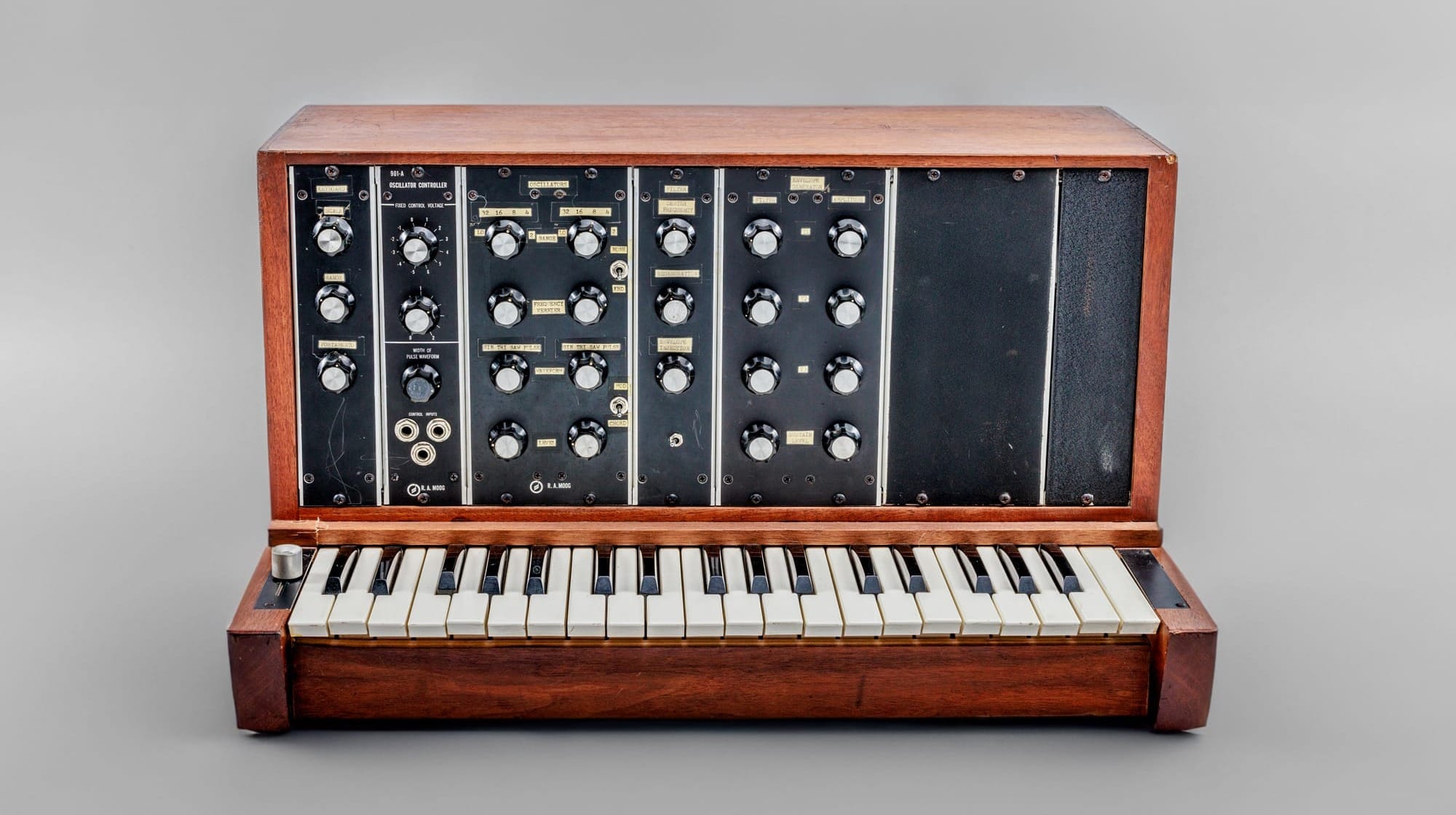
Bill dubbed his creation the Min, even having a small nameplate made that read “Min Synthesizer Model A, R. A. Moog, Inc., Trumanburg, N.Y.” (sic). Holding just five Moog modules, this miniaturized take on a full modular system almost resembled a child’s piano. Its three-octave keyboard was bolted to the vertical case, marking the first time in the company’s history that an instrument was completely self-contained. Small pieces of paper with typewritten labels were taped above and around the controls to show what each knob did.
Model B – the next leap forward
While his first creation was being road-tested by David Borden and Chris Swansen, Bill Hemsath was already refining his concept.
“Early in 1970 – either January or February – I got to thinking, ‘You know, I kind of like this little box idea, but it’s honestly made of junk. I pulled everything in there out of the trash, really, but what if I make a more unified version?’ I started first with a sheet of paper and drew up a front panel… and this flowed into that like a little railroad.”
Visually, this new iteration of the Min was a considerable leap forward. Bill laid out the controls in an extremely logical way that emphasised the signal-flow structure. The design now featured three oscillators with six switchable waveforms, each with individual controls for range, frequency, and audio level. A noise circuit delivered either pink or white noise, and two contour controls for amplitude and filtering mapped out the stages of the envelopes in milliseconds. As a technical footnote, the Min B was the only Minimoog to feature four-stage ADSR envelopes – a format that would later become standard on most synthesizers.
Bill also moved the pitch slider to the centre of the keyboard and rotated it to a horizontal orientation.
The Model B later appeared in Sun Ra’s psychedelic sci-fi film Space is the Place. In several scenes, it sits beside him at the Cosmic Employment Agency, looking every bit like an interstellar communication device ready to transport him to another dimension.
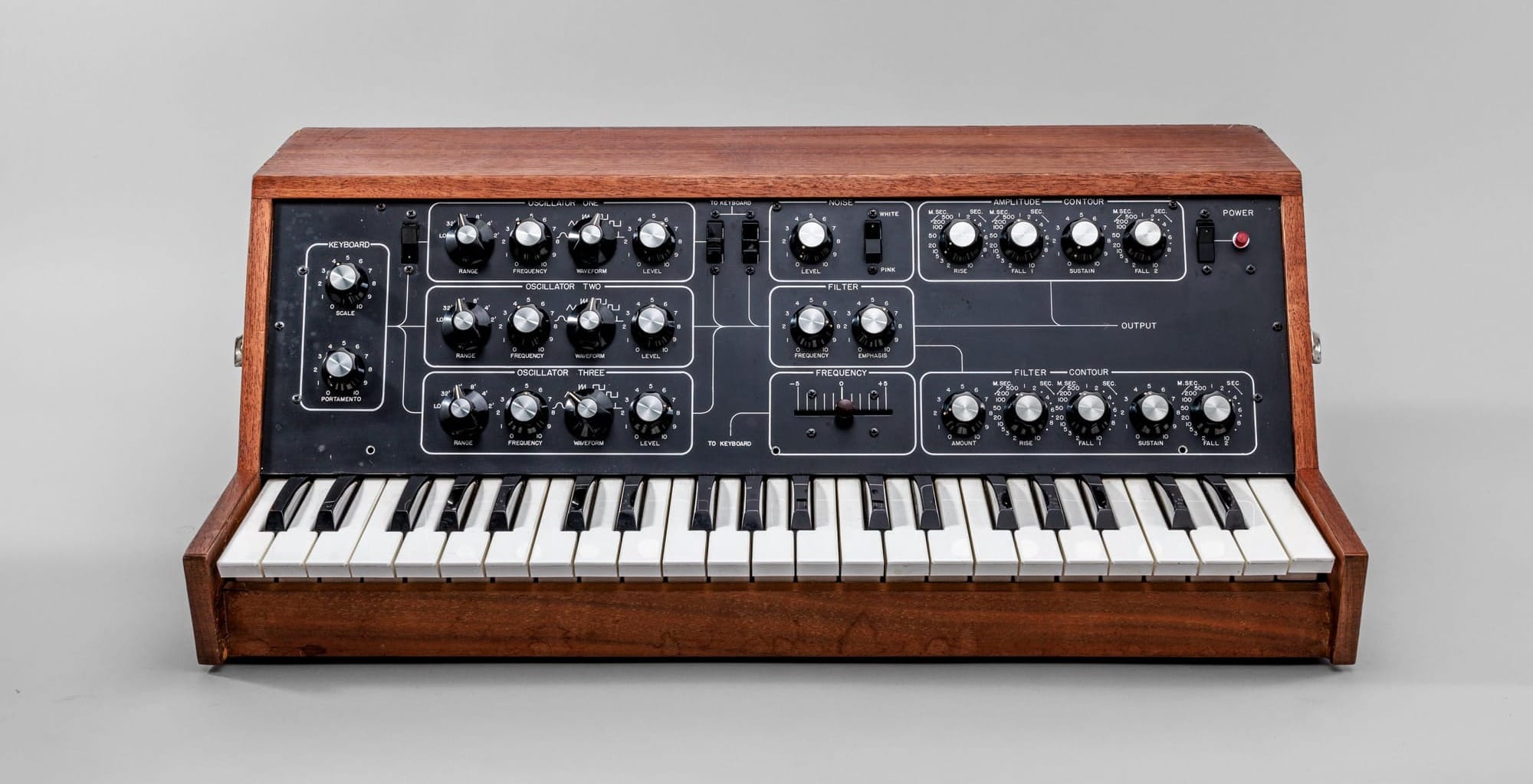
Model C
Once Bob Moog committed to creating the “Mini Moog”, the team went all in. Using the Model B as a starting point, Bill Hemsath, his fellow engineers, and Moog’s in-house draftsman began organising all the functions they wanted to squeeze onboard.
“People looked at it and said, ‘You know, it ought to have a noise source.’ So I said, OK, let’s add that. ‘And it ought to have a microphone input.’ OK, add that. ‘It should have a little mixer in the middle so we can mix the sound sources.’ So we added that. ‘It should have three oscillators.’ We added that. Bob added the headphone amplifier and the A-440 reference oscillator. So the front panel really was a team effort, all of us contributing to it. It doesn’t look like it was designed by a committee, but it was!”
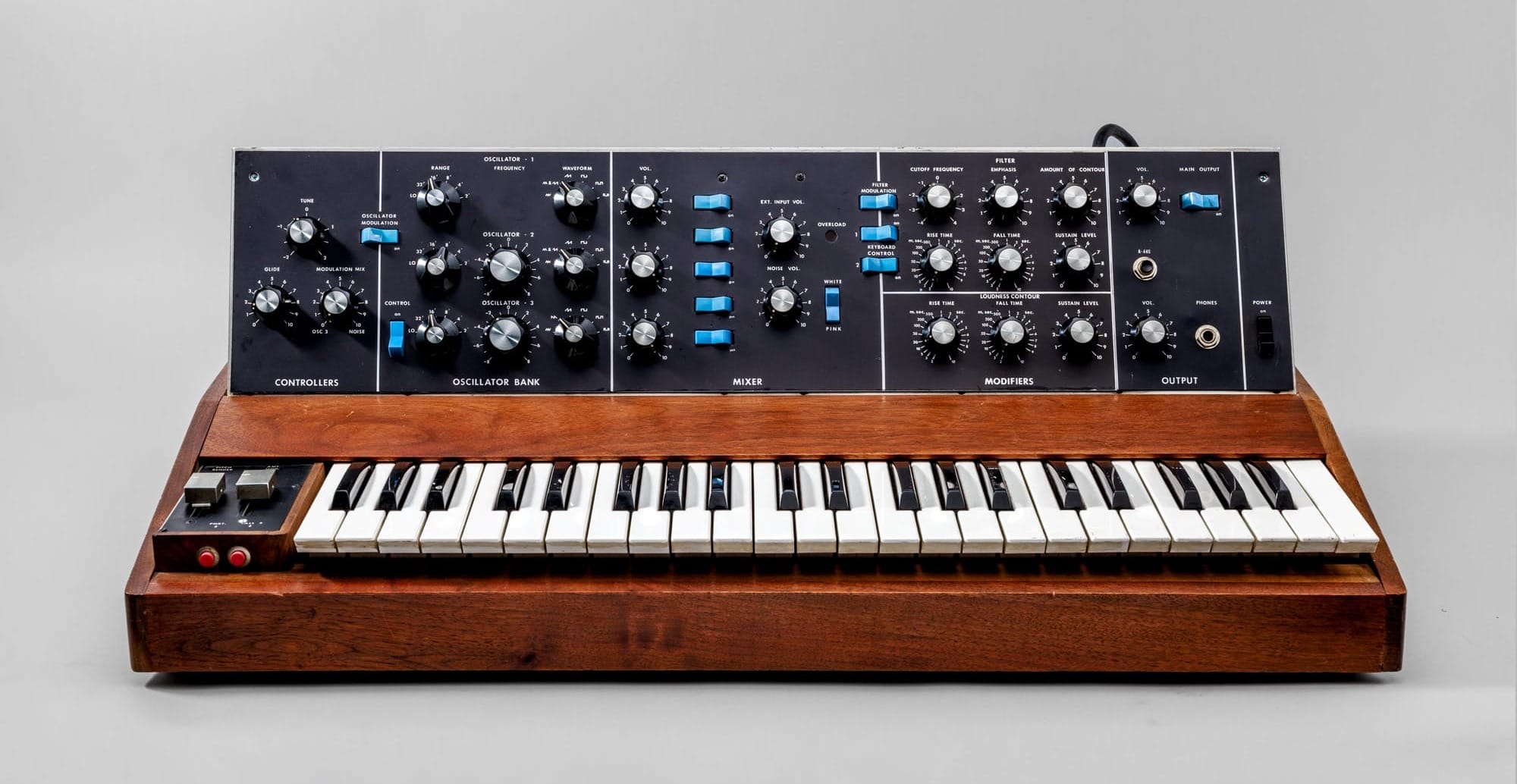
Eventually, as we all know, the Minimoog Model D was born. The synthesizer that changed music history forever. Get the full details, stories, and artist interviews in The Minimoog Book from Bjooks.
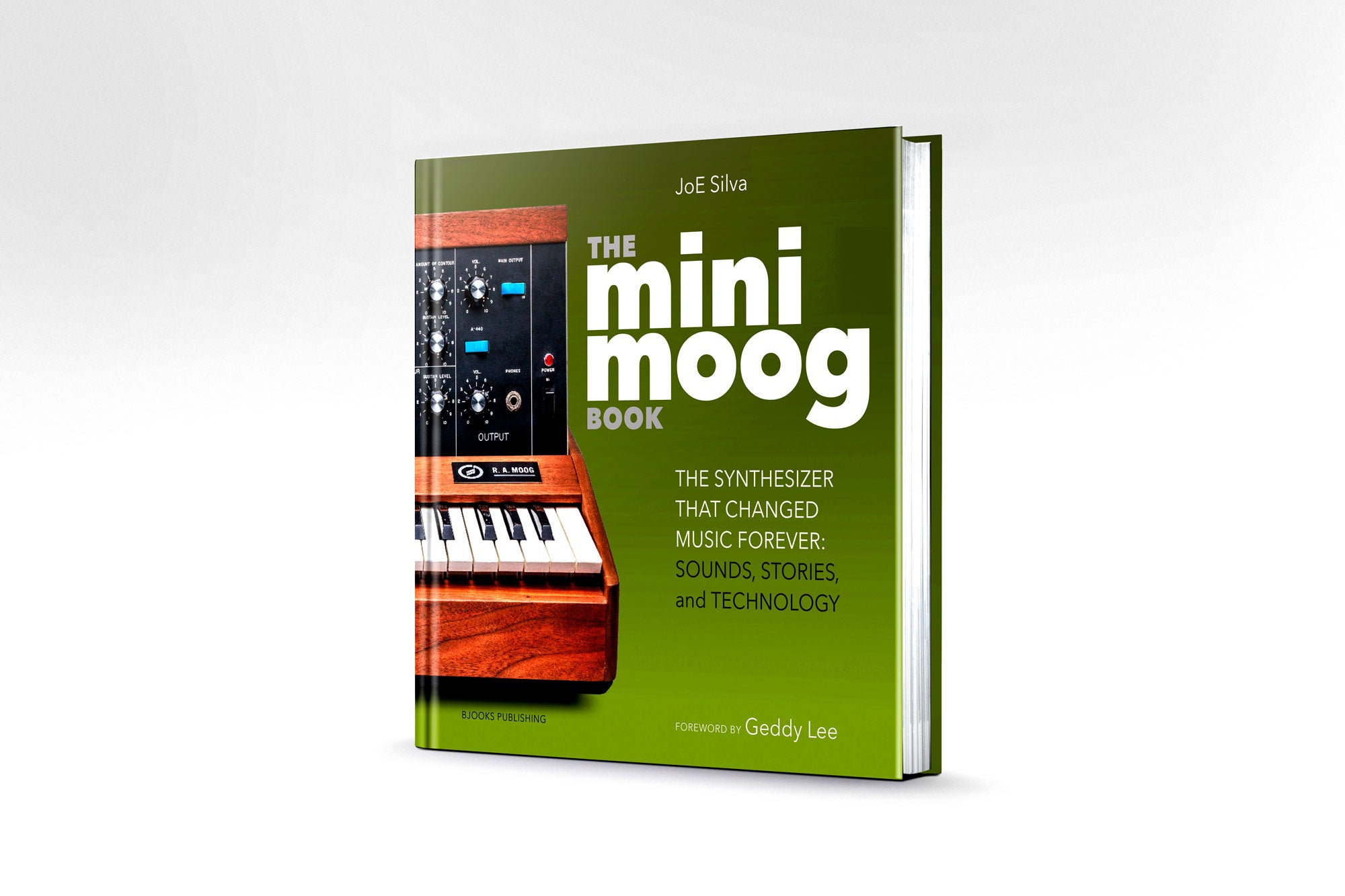
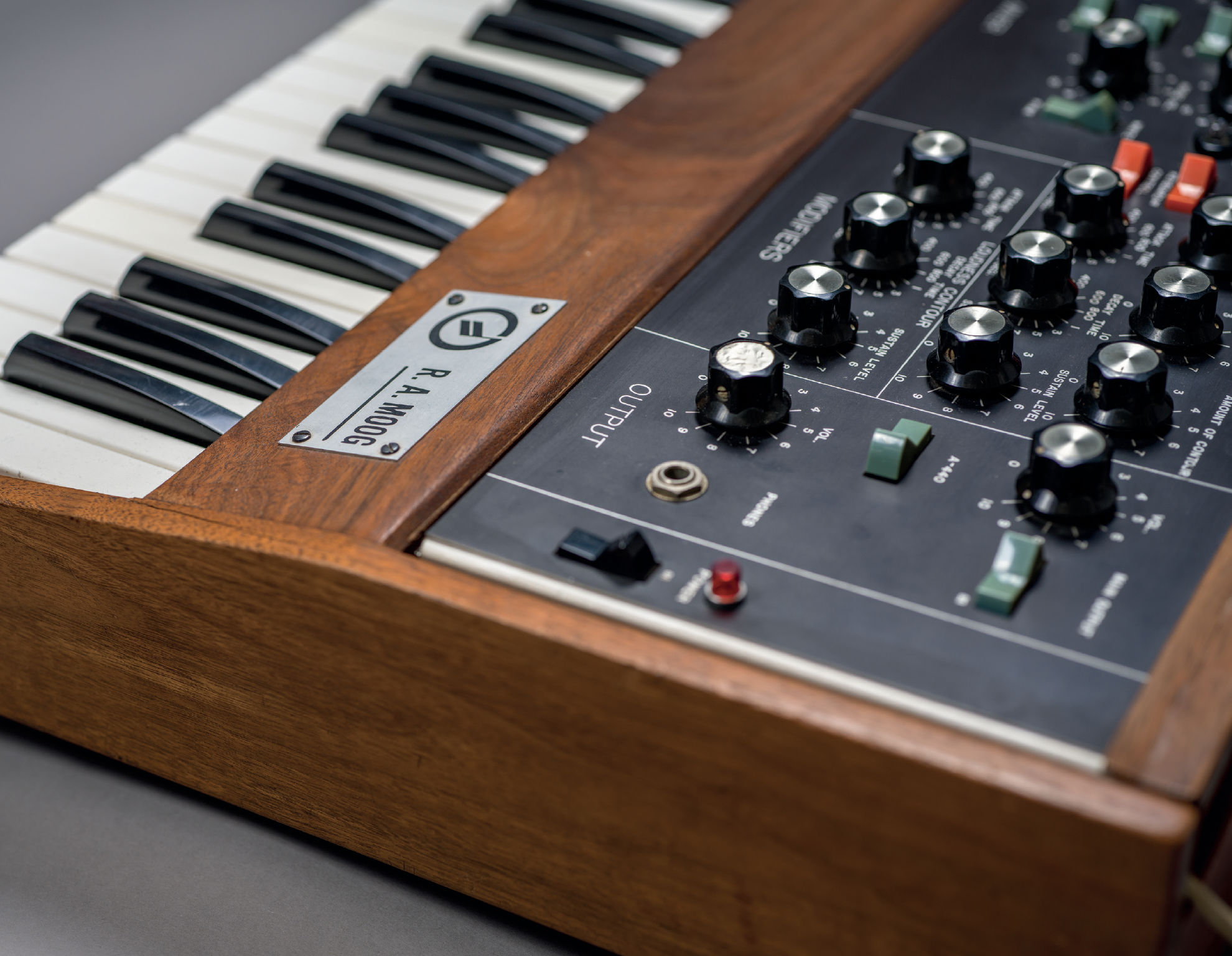
All about the Minimoog
We're celebrating all things Minimoog – check the articles, podcast episodes, and more that we have in store for you.
All things Minimoog >





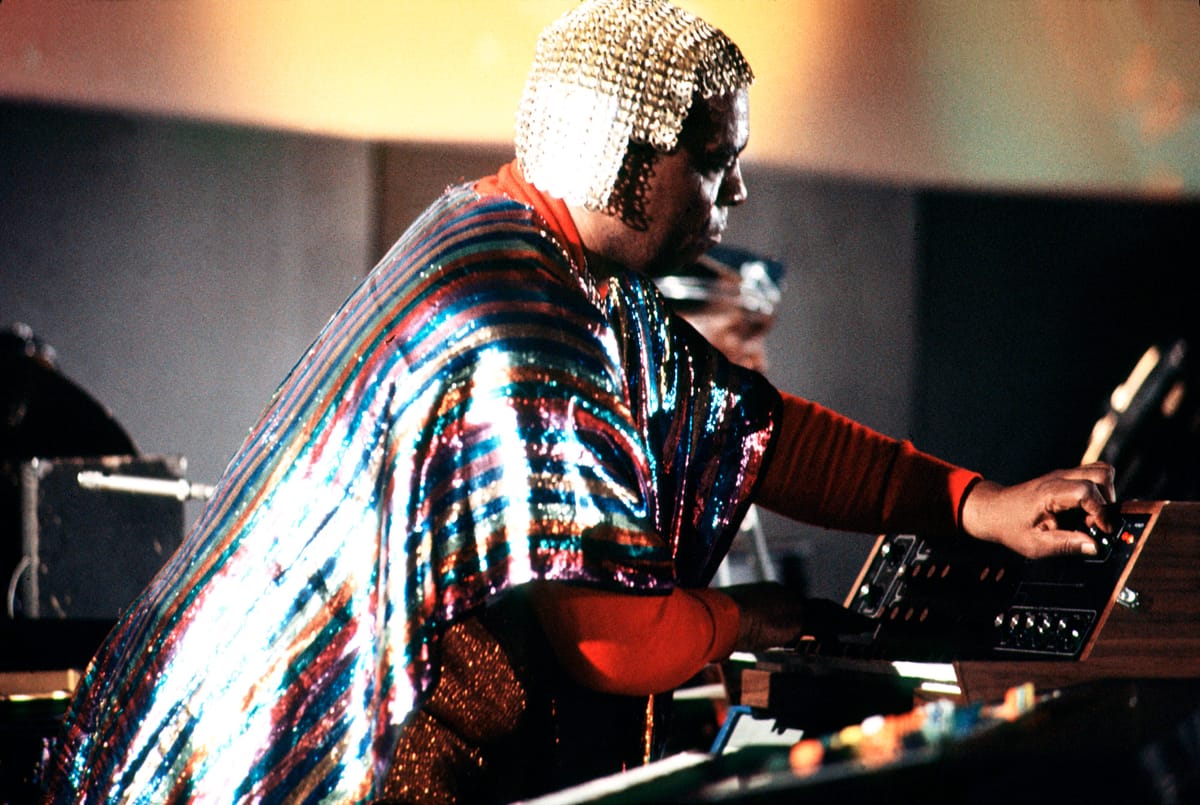
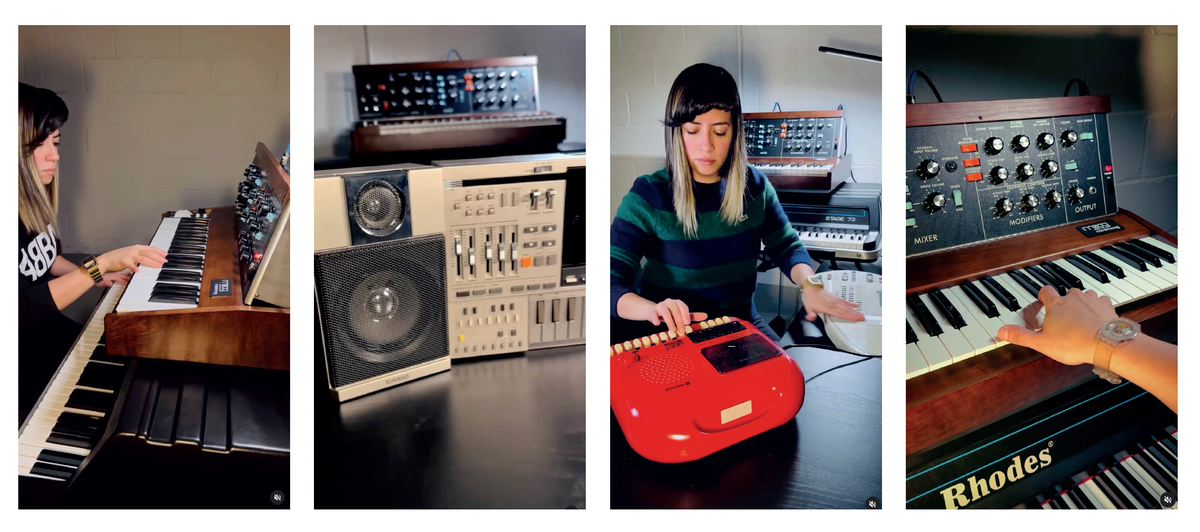
Comments